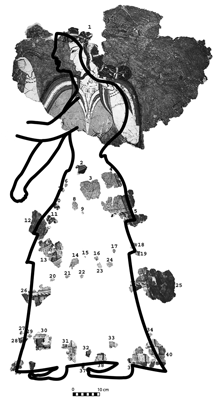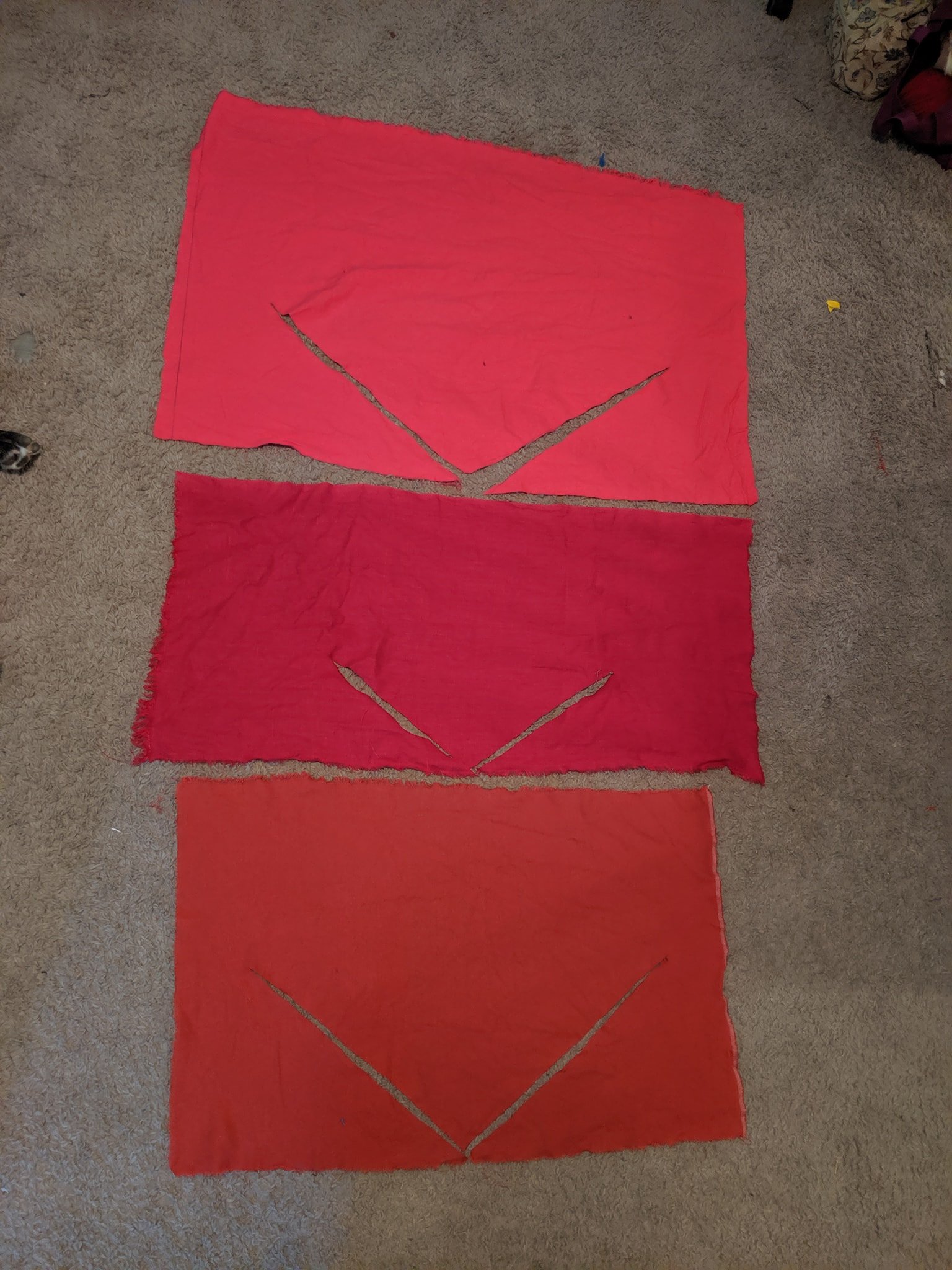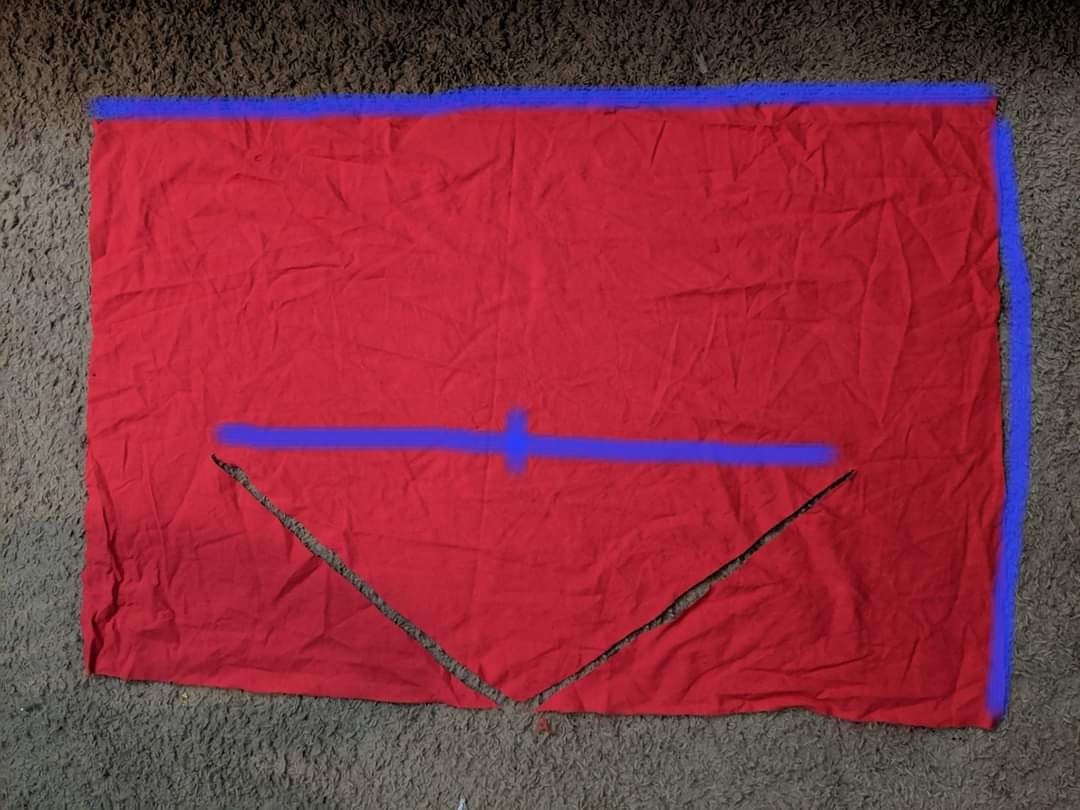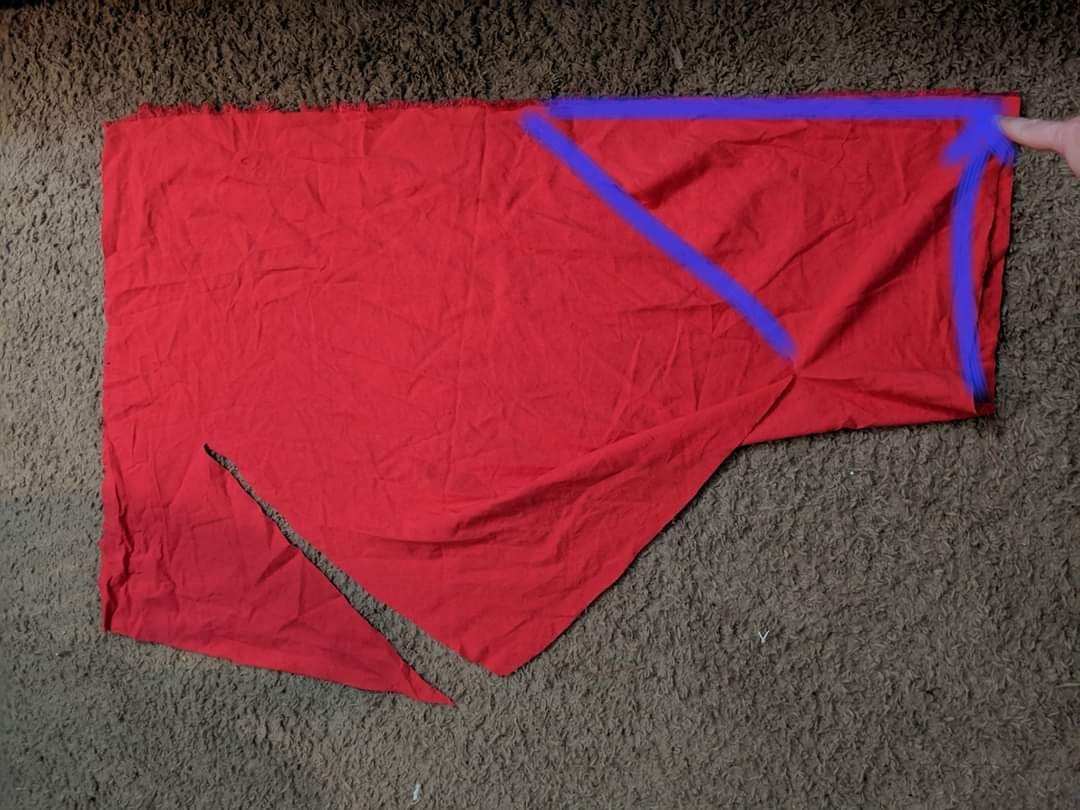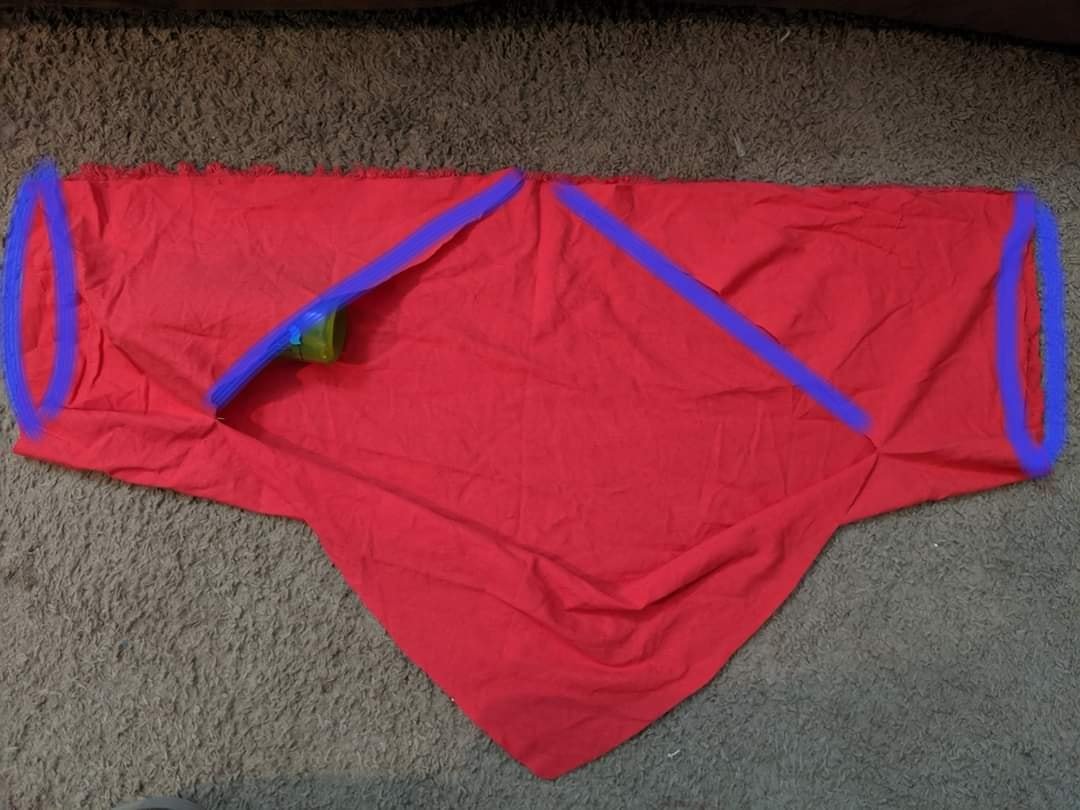Going Mycenaean
A few years ago the California summers had me digging for SCA garb that was cooler than Viking. I mean, there are European countries that are hotter so there HAD to be cooler garb, right?
Greek or Roman was a common suggestion, but I felt blimpy and weirdly bundled into that much fabric. Textiles from the time period were much more finely woven and had a delicate draping quality that the mass produced linens available today do not have.
Enter Minoan! Vestia Antonia Aurelia caught my eye with her phenomenal work creating Minoan style garb and I began piling up research. Life happened and my interest got sidelined a bit.
Vestia has several really awesome collections giving a lot of insight and information:
Then Southern Summer, oh that muggy, heat filled, maximum humidity death by heat and water….
Back to Goin’ Minoan research! This time I started with a broad collection of cultures and imagery from around the Minoan islands in 1300 BC. Mycenaean and Minoan cultures had a lot in common, and a lot of trade between the two islands. One particular fresco caught my eye.
The Mykenaia, found at the Southwest Building at Mycenae, is rather uncommon in that it shows a frontal view of the front of a dress, and one that seemed to indicate a bolero style jacket on the top.
Bernice R. Jones has done a lot of research into Minoan, and her information on this fresco was invaluable. You can find some of her work here: AJA Online Article 21 . These two images are the fresco that most caught my attention. The extant pieces are on the left, and one recreation as suggested by Dr. Jones is on the right.
The Top:
I began with the bolero style jacket. It has a deep V back and the most fabric efficient method of making it is to take a simple rectangle of fabric, and cut a V into the center bottom of it. Fold the edges up to create sleeves, add some trim, and voila:
Fitting notes: This took a few tries to get right because the arm-scythe is actually a deep angle.
The width of the fabric is your measurement elbow to elbow
The height of fabric is your arm gusset + seam allowance.
Fold fabric in quarters and mark the center edges on the bottom and both short sides
Draw a V going up from the center bottom. The top width of the V should be your measurement from side seam to side seam.
The top still didn’t fit quite right, so after looking at a lot of fresco images, I decided to add a second row of trim to the top of the bolero:
This changed how the back hung and stiffened up the shoulder line in a way that kept it in the right spot.
The Dress
The dress fitting was comparatively easy. They seemed fairly snug fitting in the top but room enough for easy movement (several frescoes show figures bending, walking, moving, etc with legs farther apart). The top had a deep V neckline, but in this fresco was clearly covering the breasts. I opted for a very simple tunic with a shallow curve inward and back out to create a torso and sleeve.
The Kilts
One very common element in Minoan women’s clothing is either ruffles or fringe on the bottom of skirts. I didn’t find striped linen in a red/yellow/gold so used these cooler colored stripes to create the offset patterned like in the fresco. From a weaver perspective, either of these would be easy to weave.
For a final step I made beaded necklaces and bracelets to wear with the dress.
I noticed in the fresco that the beaded necklaces did not extend over the bolero. I’m curious if they may have been pinned into place similar to viking beads. “The Archaeology of Greece” by William R. Biers lists a variety of wire fibula shapes found in Minoan digs. I tried this for my bolero, pinning 3 strands of beads to the sides. This worked really well and kept the bolero from riding backwards.
